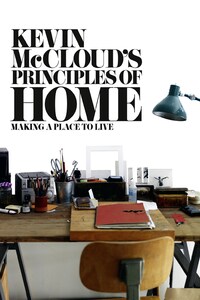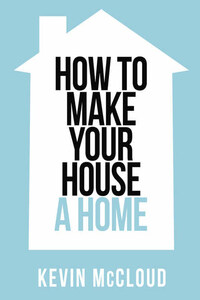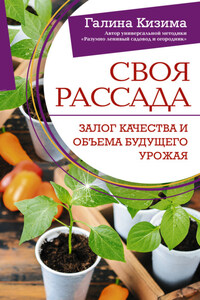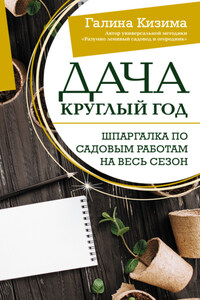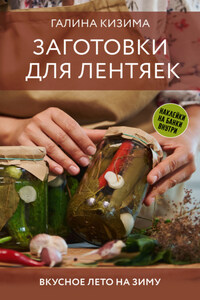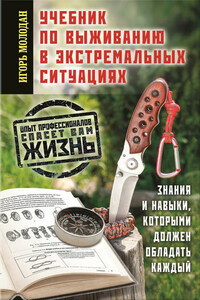This book is something of a manifesto for how we can live. It’s a manifesto for a way of living that, in comparison with life of the last 60 years, could be slower, more enjoyable, gentler and altogether less taxing on the resources of this planet. It calls for a new appreciation of the human effort and energy that go into designing and making everything around us, from a spoon to a car, from a house to a city, from a dam to a cathedral. It calls for a re-evaluation of materials and fuel energy, and it calls for a culture in which we share much more of what we have in order that we don’t squander it.
I think we have lost touch with the made world. We have forgotten how difficult and time consuming it is to make something; how hard it is to make an elegant table out of a tree or a spoon out of metals dug out of the ground and refined. Our sensibilities to craftsmanship have been eroded by high-quality machine manufacturing; our tactile sense has been debased by artificial materials pretending to be something that they are not. Our attention, meanwhile, has been diverted by the virtual built worlds that exist inside screens. The landscapes of gaming and avatar worlds, for instance, are not complicated by the inconvenient messiness of the real world. In them, stuff, narratives, buildings and people are both perfect and disposable.
The real world is not perfect and it’s not disposable. In the real world, things and people age and decompose. The real, tangible world is much harder to make, more difficult to maintain and unpleasant to recycle. Which may explain why so many people seek solace in virtual worlds, even if it’s just by watching a soap opera on TV.
My Big Point is that I find the real world, which man has shaped, layered and renewed over thousands of years, more exciting and energizing – despite its grime – than any 3-D movie effect. Watching the Brooklyn Bridge explode in a computer-animated sequence may be awesome, but it is never as awe-inspiring as standing underneath the real thing and wondering how men managed to make it. Awesome is loud but awe is quiet.
I’m aware that my manifesto is motivated by a passionate love for places, buildings and things, not as objects that I want for myself to keep but as examples of human brilliance and creativity, the experience of which I want to share. I’m also frustrated, having worked as a designer and maker, by how little craftsmanship and the sweat of labour are appreciated nowadays. How we all assume that everything around us is made by machines and computers, whereas the truth is that your dinner plate was probably made by just three people in Portugal who spent four months of their lives producing a range for a high-street retailer; and your mobile phone was assembled by one person over a morning of their life.
So I’m writing out of a passionate love for the built environment and a quiet anger over how it is passed over in pursuit of temporary diversions and virtual pleasures when it can offer some of the greatest pleasures of all. The result goes something along the lines of: What do we want? A much better appreciation of the things around us so that we can cherish them, live a more sustainable life and enjoy a richer relationship with our world. When do we want it? Quite soon, please, and quickly. But not too quickly, because it’s all meant to be about lingering to enjoy the moment, isn’t it?
After the Slow Food movement, maybe it’s time for the Slow Living movement. That sounds dull, doesn’t it? In fact, ‘slow’ is the wrong word. It should be the Take Your Time movement (which is really what the Slow Food movement should be called). Take your time to appreciate what’s around you, to explore your environment, to savour experiences and to develop relationships with the objects around you – be they a car, a vase or a town – as examples of human brilliance and human energy. In fact I do have a name for this softer, richer, more fulfilling experience. I call it New Materialism.
You’ll have noticed that I slipped in that slippery word ‘sustainable’ earlier. It doesn’t occur too often in this book because it’s a term already over-used, so tried on by so many people, institutions and companies that it’s stretched and gone all loose and floppy. Sustainability is now a big baggy sack into which people throw all kinds of old ideas, hot air and dodgy activities in order to be able to greenwash their products and feel good. Politicians speak of sustainable economic growth (this is not necessarily ecologically or socially beneficial), which is not the same thing as growing an economy sustainably.
